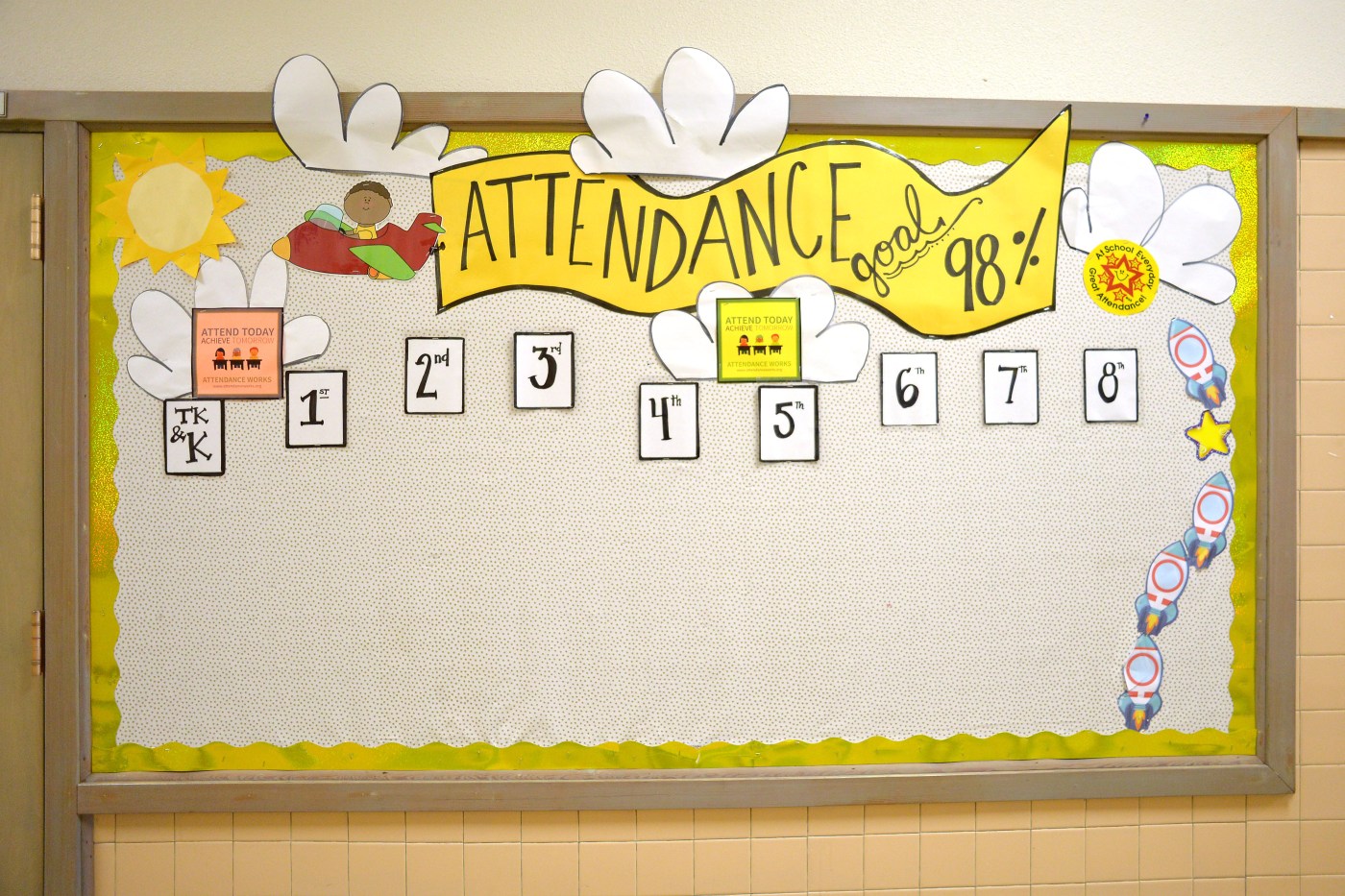A bill that could lead to changes in the way California public schools are funded — and send more money to most of them — is headed to Gov. Gavin Newsom’s desk for his signature.
California is one of seven states that fund schools based on average daily attendance — the average number of students in class every day throughout the school year — rather than on how many students are signed up to attend at the start of the school year.
But schools in the state plan their budgets and allocate funds based on the number of students enrolled. And under the current funding formula, when students aren’t in the classroom — whether skipping school or home sick — districts lose money.
Senator Anthony Portantino, a Democrat representing Burbank, has introduced legislation that would research the impacts of changing the school funding formula from attendance-based to enrollment-based.
If signed by Newsom, SB 98 would direct the Legislative Analyst’s Office to prepare and submit a report to the Legislature on the effects of the change by January 1, 2026.
“Enrollment-based funding ensures that California schools are funded more equitably and have greater financial stability and predictability,” Portantino said. “The current outdated system for determining budgets for K-12 schools is based solely on student attendance and negatively impacts too many districts across the state. Many children lack reliable transportation, housing and suffer from health-related issues that contribute to school absences. This study is an important advancement and I look forward to the Governor’s signature.”
A 2022 Policy Analysis for California Education report found that about 90% of school districts in the state would receive more funding under an enrollment-based formula than the current attendance-based system, with the biggest boost going to districts with more low-income students and English learners.
But the report also argued that the current funding formula acts as an incentive for schools to prioritize student attendance, which could drop if the state switches to funding schools based on enrollment.
Portantino originally introduced SB 98 in early 2023 as a bill that would provide additional funding for schools based on their enrollment counts, on top of what they currently receive under the attendance-based formula. The State Superintendent of Schools, Tony Thurmond, the California School Employees Association and the Los Angeles Unified School District co-sponsored the bill.
It’s unclear what impact a change in funding methodology would mean for California’s overall school budget and per-pupil spending. Other states that use the same attendance-based method include both New York, which leads the nation in per-pupil spending, and Mississippi, which trails. California ranks 18th, above the national average.
Portantino’s bill comes as declining enrollment and dwindling COVID relief funding has intensified the debate over how California public schools are funded.
“School funding based on student attendance is an outdated mechanism that fails to consider the efforts schools expend to counter absenteeism or the fixed costs that schools face whether a student shows up or not,” said Alberto M. Carvalho, superintendent of the Los Angeles Unified School District and a co-sponsor of the bill. “When students are absent, we do not pay school staff less, nor do the cost of utilities or building maintenance decrease.”
Several Bay Area school districts have already had to discuss merging or closing schools due to declining enrollment, limited resources and hefty budget deficits.
Earlier this year, San Francisco Unified School District announced a plan to consolidate schools for the 2025-26 school year due to strained resources. Oakland Unified School District has also discussed merging 10 of its campuses by 2025 in an effort to resolve its nearly $23.6 million budget deficit.
And this spring, San Jose’s Alum Rock Union School District made the decision to close at least eight schools and said the district doesn’t have the money to keep them all open.
Some education stakeholders have argued that the current funding formula inequitably and wastefully distributes funds. A recent study by a libertarian research and education organization, the Reason Foundation, found that in 2022-23, California spent approximately $4 billion on students no longer attending their district under attendance-based funding and policies meant to ease the financial burden of declining enrollment on public schools.
Portantino’s bill passed the Assembly Floor Monday 74-1, with Republican Assemblymember Bill Essayli voting no. The bill passed the Senate Floor on Tuesday unanimously.
“Penalizing schools with higher absentee rates unfairly diverts resources away from those who need them most. Our members know firsthand the hidden costs of absenteeism — from tracking down missing students to preparing make-up assignments,” said California School Employees Association President Adam Weinberger. “We urge Governor Newsom to sign this important legislation, which will shed light on the inequities of our current system and provide lawmakers with the data necessary to create a more equitable and sustainable school funding model.”












